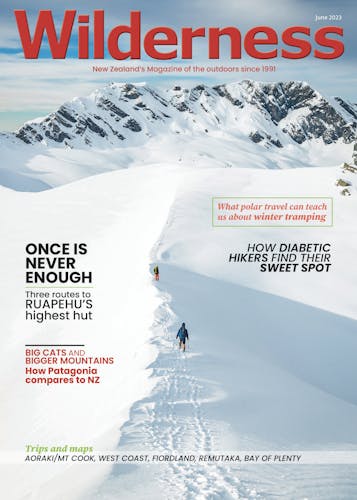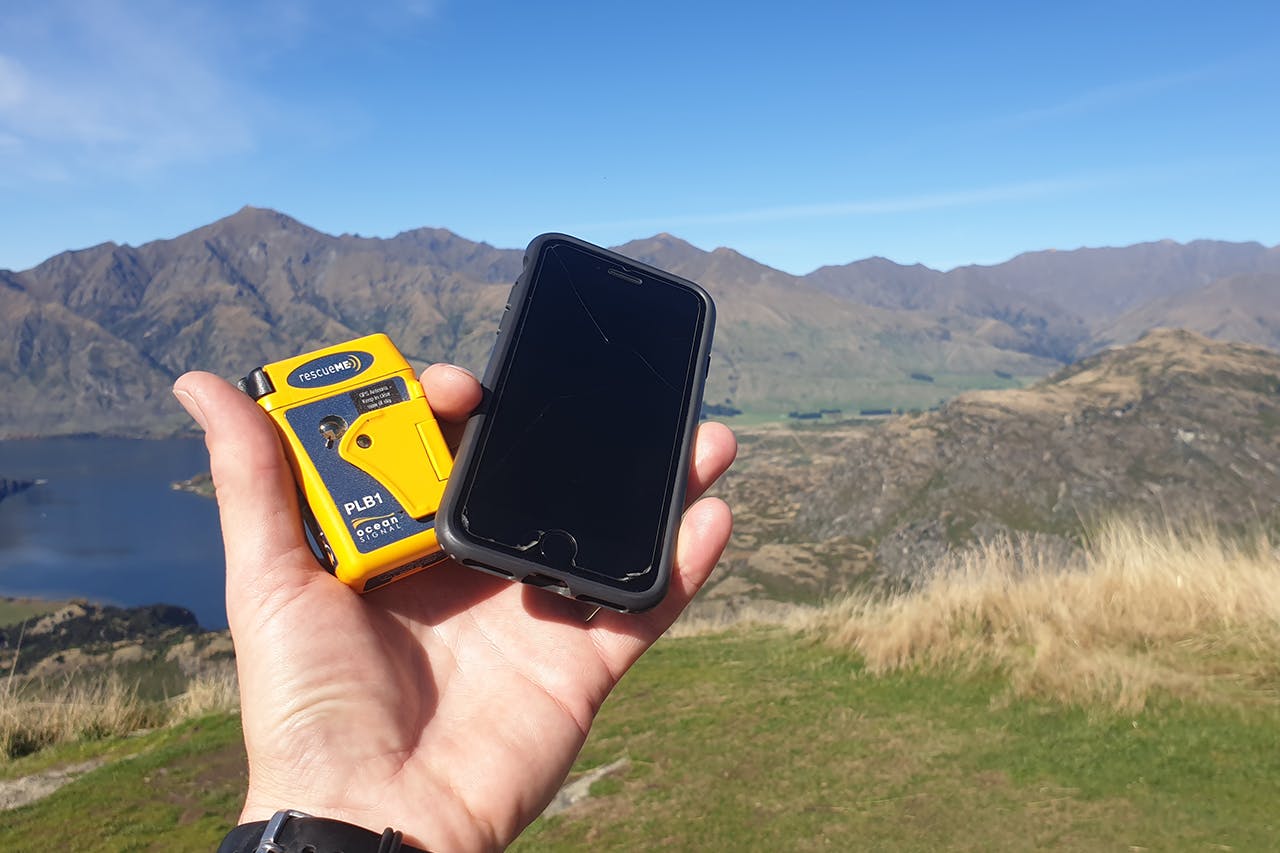Search and Rescue authorities say trampers planning to rely on a cellphone with One NZ’s satellite coverage rather than a personal locator beacon should think again.
One NZ (formerly Vodafone) has partnered with SpaceX StarLink and will offer service to mobiles in areas without cell coverage. But relying on a phone during a remote emergency situation could be a problem, said Tania Seward, senior advisor communications and prevention at NZ Search and Rescue.
“It’s important for us to reiterate to the public that a PLB is the most reliable way of calling (for) help in an emergency. Phones with satellite connectivity will be extremely useful, but a PLB should be carried too.”
Seward said the two differ greatly: PLBs have international standards for manufacture, including levels of waterproofness and batteries which last for a minimum 24 hours between -20–55℃ after activation.
“There is no screen to crack. The only thing to do with a PLB is summon help in an emergency. With phones you’ll be taking photos and checking the weather, which uses the battery, and there’s no guarantee an external charger will work if things get wet,” said Seward.
A PLB also has a dedicated 121.5MHz homing signal. Seward says that phones and PLBs send a location with GPS, “but the big difference is that with a PLB rescuers on the ground or in a helicopter can pinpoint that signal and home in on it, even if you’re stuck in a gorge or thick bush.”
NZSAR says its message is clear: “By all means take a phone, but don’t let it replace a PLB.”








